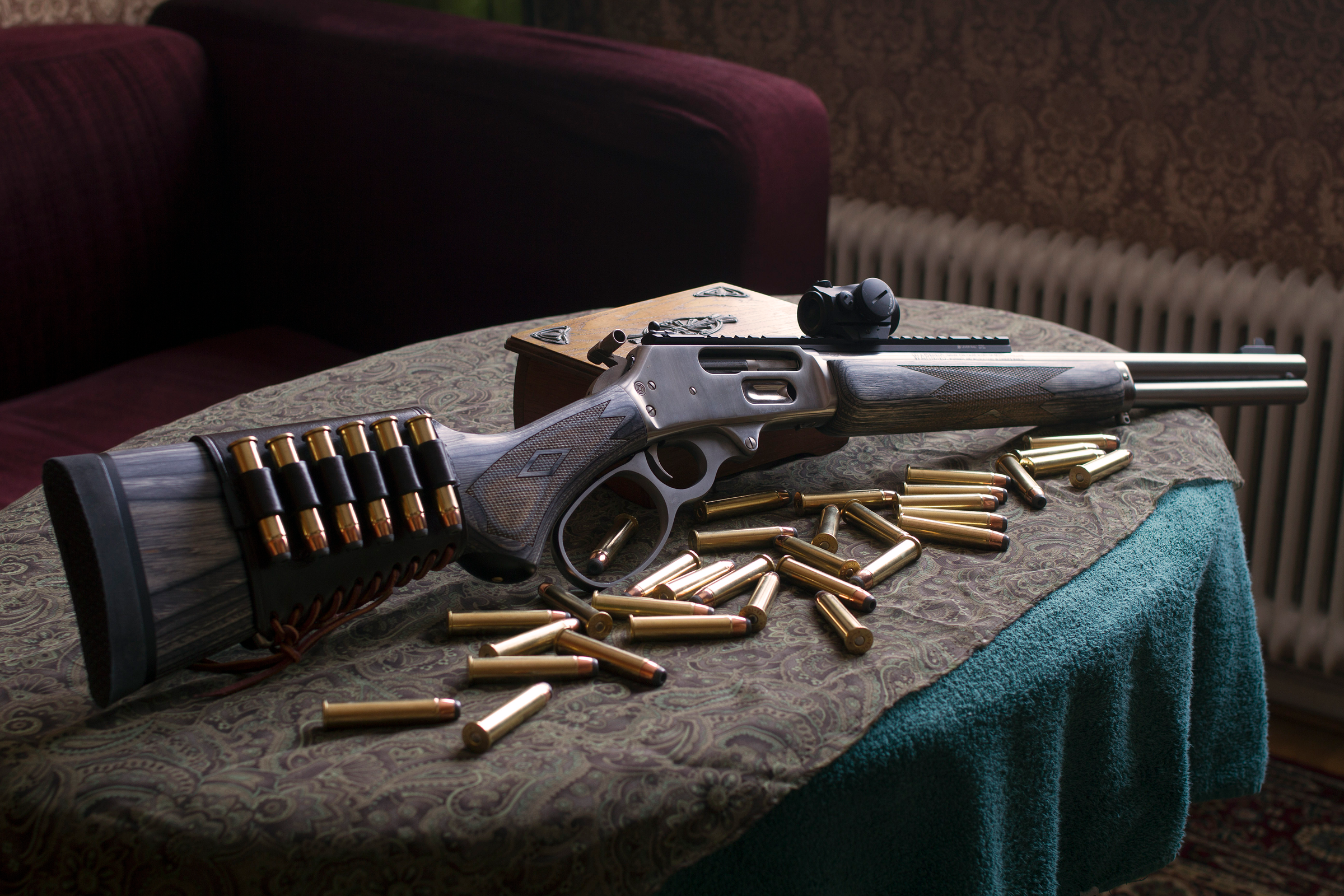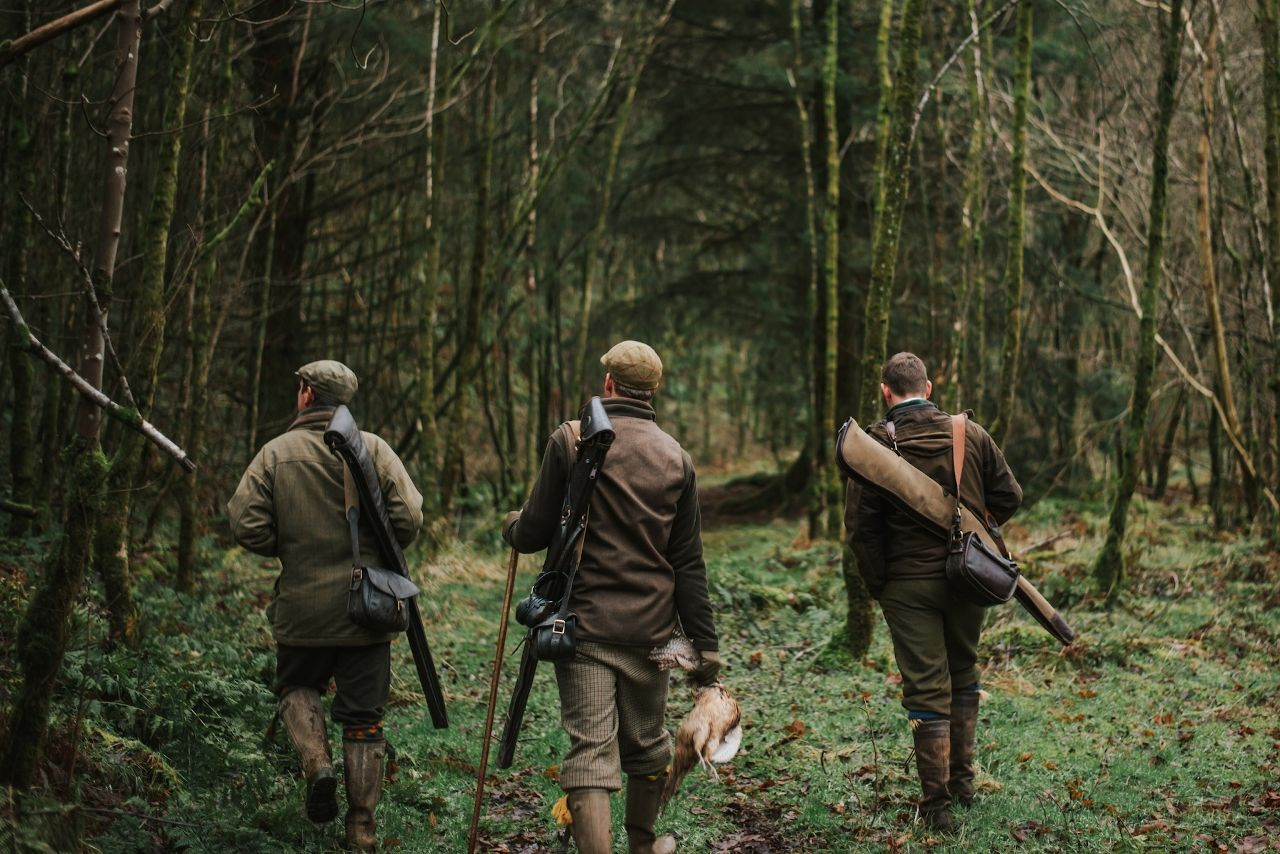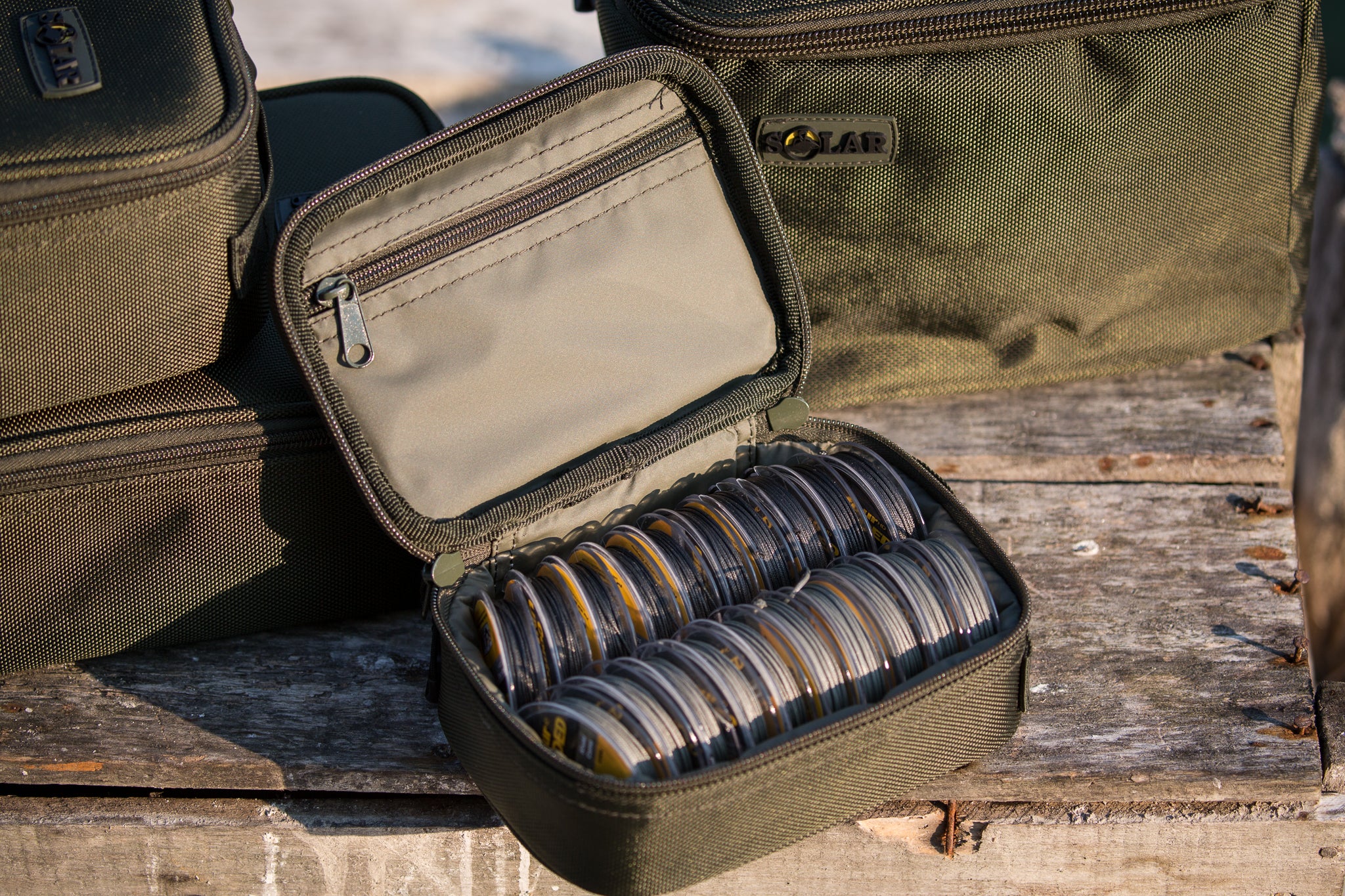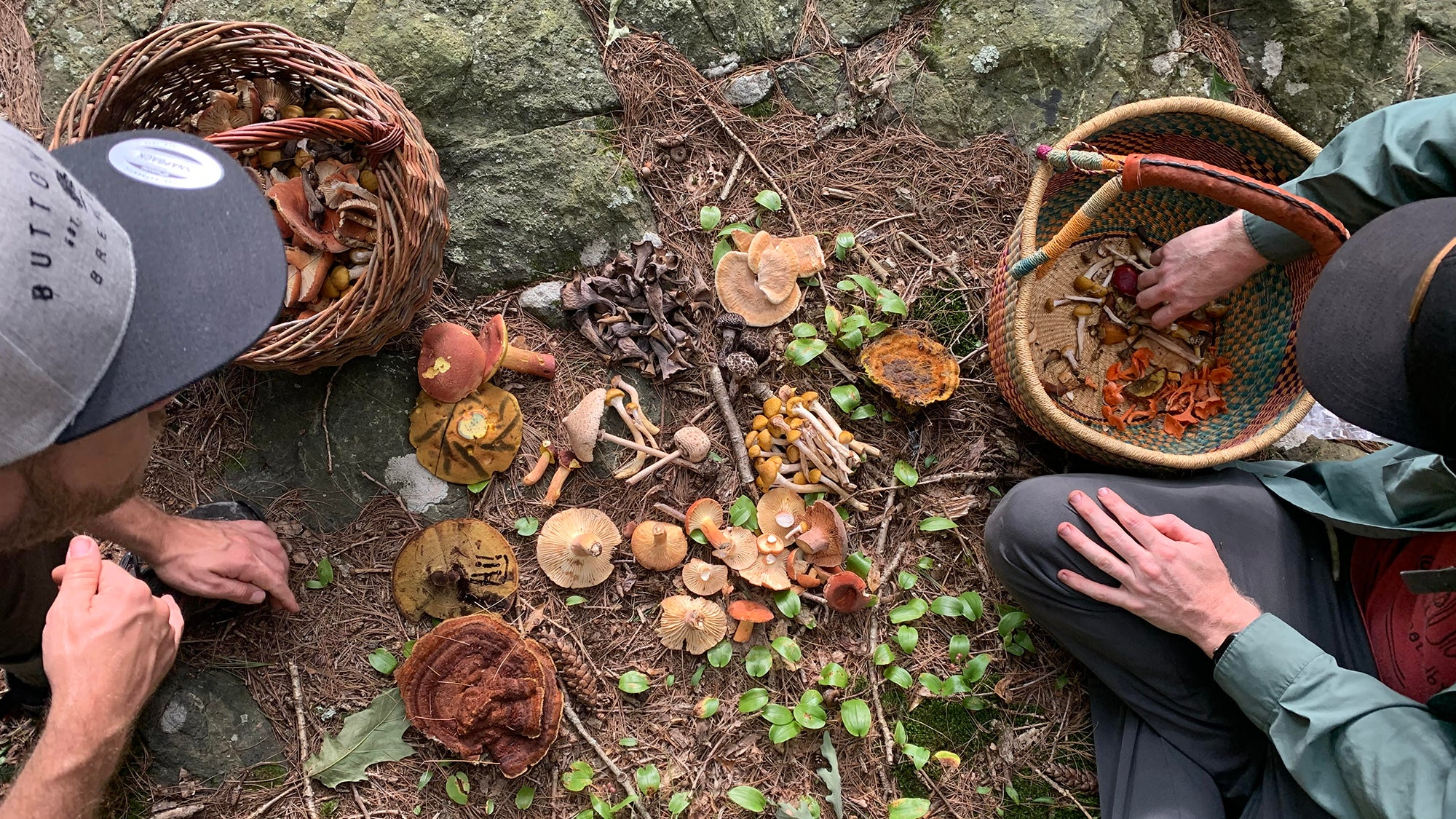Mushroom hunting, also known as foraging, is the act of searching for and collecting wild mushrooms. It's a popular activity among nature enthusiasts and food lovers alike, as mushrooms are a versatile ingredient in many dishes. However, mushroom hunting can be a risky activity if you're not equipped with the right tools and knowledge. In this article, we'll explain the basics of mushroom hunting, the importance of having the right tools, and provide a comprehensive overview of the topic.
Best tools for mushroom hunting
The importance of having the right tools
Mushroom hunting requires some specialized equipment to ensure you're safe and successful. The most essential tool for mushroom hunters is a good quality knife. A sharp knife is essential for cutting the mushroom cleanly from the stem, which helps to avoid damaging the mushroom or its surrounding environment.
A mushroom basket or bag is also an important tool to have. It allows you to collect the mushrooms without crushing them, which can cause them to spoil quickly. A basket or bag with holes also allows spores to escape, which helps to promote the growth of new mushrooms.
A field guide to mushrooms is also highly recommended. It can help you identify the different types of mushrooms, which is important as some mushrooms are poisonous and can cause serious illness or even death. A field guide can also help you determine which mushrooms are edible and how to prepare them.
Overview of mushroom hunting
Mushroom hunting typically takes place in the fall, although some mushrooms can be found year-round in certain climates. You'll want to look for mushrooms in areas where they're known to grow, such as near trees or in damp, shady areas.
When searching for mushrooms, it's important to be aware of your surroundings. Watch out for hazards like poison ivy, snakes, and ticks. Always stay on marked trails and never venture off into unknown areas.
Once you've found a mushroom, it's important to identify it properly before picking it. Use your field guide to determine whether the mushroom is edible and what its characteristics are. Look for physical features such as color, shape, and texture, and pay attention to the surrounding vegetation and soil.
The must-have tools for mushroom hunting
Mushroom hunting can be a fun and rewarding activity, but it's important to have the right tools to ensure your safety and success. In this article, we'll discuss the must-have tools for mushroom hunting, including baskets or bags, knives, gloves, field guides, and walking sticks.
-
Basket or bag: A basket or bag is essential for mushroom hunting, as it allows you to collect mushrooms without crushing them. There are two main types of baskets/bags to consider: woven baskets and mesh bags.
Woven baskets are sturdy and can hold a large number of mushrooms. They're also easy to clean and maintain. Mesh bags, on the other hand, are lightweight and allow air to circulate, which can help prevent mushrooms from spoiling.
When choosing a basket or bag, consider the type of mushrooms you'll be collecting and the terrain you'll be navigating. A sturdy woven basket may be best for collecting heavy or delicate mushrooms, while a lightweight mesh bag may be better for hiking long distances.
-
Knife: A good quality knife is essential for mushroom hunting, as it allows you to cut mushrooms cleanly from their stems without damaging the surrounding environment. There are several types of knives to consider, including folding knives, fixed blade knives, and serrated knives.
When choosing a knife, consider the features that are most important to you, such as blade length, blade material, and handle comfort. It's also important to choose a knife that's appropriate for the size and type of mushrooms you'll be collecting.
Always handle your knife with care, and never leave it lying around where it could be a hazard to others. Use the knife to cut mushrooms, not to clear paths or other non-mushroom-related tasks.
-
Gloves: Gloves are an important tool for mushroom hunting, as they protect your hands from thorns, thistles, and other hazards. There are several types of gloves to consider, including leather gloves, rubber gloves, and cloth gloves.
When choosing gloves, consider the type of mushrooms you'll be collecting and the climate you'll be hunting in. Leather gloves are durable and offer good protection, while rubber gloves are waterproof and easy to clean. Cloth gloves are lightweight and breathable, but may not offer as much protection as other types of gloves.
-
Field guide: A field guide is an essential tool for mushroom hunting, as it helps you identify the different types of mushrooms and determine which ones are safe to eat. There are several types of field guides to consider, including pocket guides, full-color guides, and electronic guides.
When choosing a field guide, consider the level of detail you require and the size of the guide you're comfortable carrying. Pocket guides are lightweight and easy to carry, but may not offer as much detail as other types of guides. Full-color guides offer more detailed information and photos, but may be heavier and bulkier to carry.
-
Walking stick: A walking stick is a useful tool for mushroom hunting, as it can help you navigate rough terrain and provide stability on steep inclines. There are several types of walking sticks to consider, including wooden sticks, metal sticks, and telescoping sticks.
When choosing a walking stick, consider the terrain you'll be navigating and your own physical abilities. Wooden sticks are traditional and offer good grip, while metal sticks are lightweight and durable. Telescoping sticks can be adjusted to different heights, making them a versatile option.
Always use your walking stick with care, and avoid using it as a weapon or tool for non-walking related tasks.
Additional tools to consider
In addition to the must-have tools for mushroom hunting, there are several additional tools that can make your experience more enjoyable and productive. These tools include a GPS or compass, flashlight or headlamp, bug spray, water bottle, and sunscreen.
GPS or Compass
A GPS or compass can be an invaluable tool when mushroom hunting, especially if you're exploring new areas. GPS devices can help you keep track of where you've been and mark promising spots for future visits. Compasses are also useful for orienting yourself and finding your way back to your starting point.
When using a GPS or compass, it's important to familiarize yourself with their operation and bring extra batteries or a portable charger. It's also a good idea to bring a map of the area you'll be exploring in case of technical difficulties.
Flashlight or headlamp
A flashlight or headlamp is essential for mushroom hunting, particularly if you plan to hunt during low-light hours or in shaded areas. Flashlights and headlamps help you see clearly in dark areas and can help you spot mushrooms that might otherwise be hidden in the shadows.
When choosing a flashlight or headlamp, consider the brightness, battery life, and durability of the product. You may also want to choose a product with adjustable settings to conserve battery life and avoid disturbing wildlife.
Bug spray
Mushroom hunting often takes place in wooded areas and fields where insects are prevalent. Bug spray can help protect you from mosquito bites, ticks, and other biting insects. When choosing a bug spray, consider the active ingredients, the level of protection offered, and any potential allergic reactions.
Water bottle
Staying hydrated is important when spending time outdoors, especially during physical activities like mushroom hunting. Bringing a water bottle with you can help ensure you stay hydrated throughout your trip. Consider the size, material, and ease of use when choosing a water bottle.
Sunscreen
Sun protection is important when spending time outdoors, even on cloudy days. Sunscreen can help protect your skin from harmful UV rays and prevent sunburns. When choosing a sunscreen, consider the SPF level, ingredients, and any potential allergic reactions.
Tips for using your tools effectively
At some point in time, every one of us needs to use tools, and it is crucial to use them properly for safety and efficiency. Whether you are using a knife for cutting, picking mushrooms for your favorite dish, or disposing of trash, there are some tips that can help you use your tools effectively. In this article, we will provide you with some tips on how to properly use a knife, pick and store mushrooms, clean your tools, and dispose of trash, so you can perform these tasks with ease and safety.
How to properly use a knife?
A knife is a useful tool in the kitchen, but it can also be dangerous if not used properly. To use a knife effectively, you must hold it properly, use the right technique, and keep it sharp. The following are some tips to help you use your knife properly:
-
Hold your knife properly: The handle of your knife should fit comfortably in your hand, and your fingers should grip the handle firmly. Keep your thumb and index finger on either side of the blade and wrap the other fingers around the handle. This grip will give you better control over the knife.
-
Use the right technique: To use your knife effectively, you should use the right technique. Place the blade on the food and use a back-and-forth motion to cut it. Use the tip of the blade for smaller cuts and the middle of the blade for larger cuts.
-
Keep it sharp: A dull knife is more dangerous than a sharp one. A sharp knife will cut through food with ease and require less pressure. To keep your knife sharp, use a honing steel regularly and sharpen it with a whetstone when needed.
How to properly pick mushrooms?
Mushrooms are a delicious addition to many meals, but it is important to pick them properly. Picking mushrooms can be tricky, as some are poisonous and can cause harm if ingested. The following are some tips to help you properly pick mushrooms:
-
Know your mushrooms: Before you go mushroom picking, make sure you know what you are looking for. Do some research on the type of mushrooms that grow in your area and which ones are edible.
-
Check the mushroom: When you find a mushroom, check it carefully. Look at the cap, stem, and gills to ensure that it is the right type of mushroom and is in good condition.
-
Use a mushroom knife: A mushroom knife is a specialized tool that is designed for mushroom picking. It has a curved blade that allows you to cut the mushroom at the base without damaging the stem or the ground.
In conclusion, mushroom hunting can be a rewarding and enjoyable experience, but it requires the right tools to ensure safety and success. From identifying mushrooms to carrying them back home, there are many tools available that can make the process easier and more efficient. By investing in a reliable mushroom knife, field guide, basket, and other necessary equipment, mushroom hunters can maximize their chances of finding and harvesting a variety of edible mushrooms. Ultimately, the best tools for mushroom hunting will vary depending on individual preferences and needs, but with the right equipment, anyone can become a skilled mushroom hunter.

























